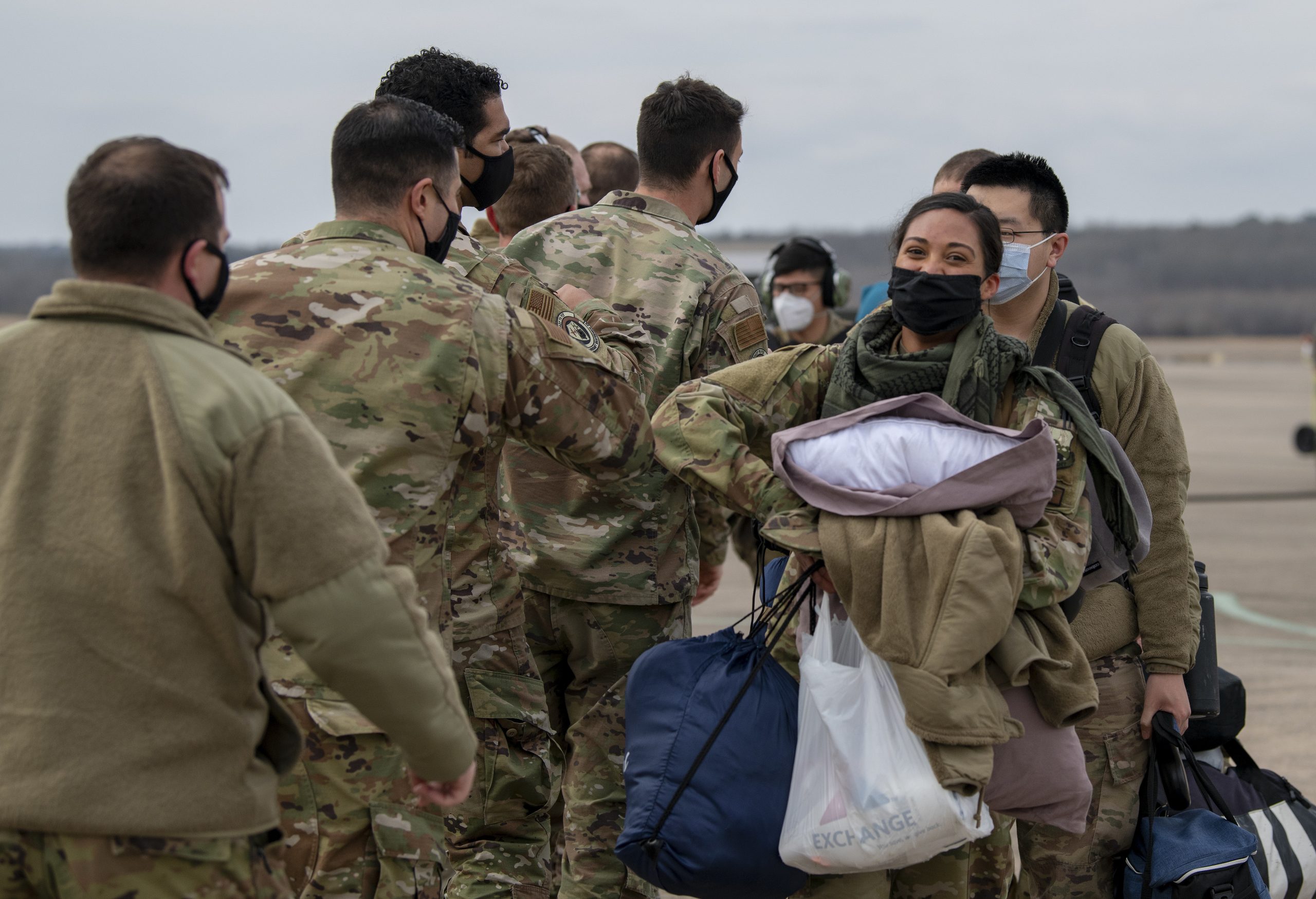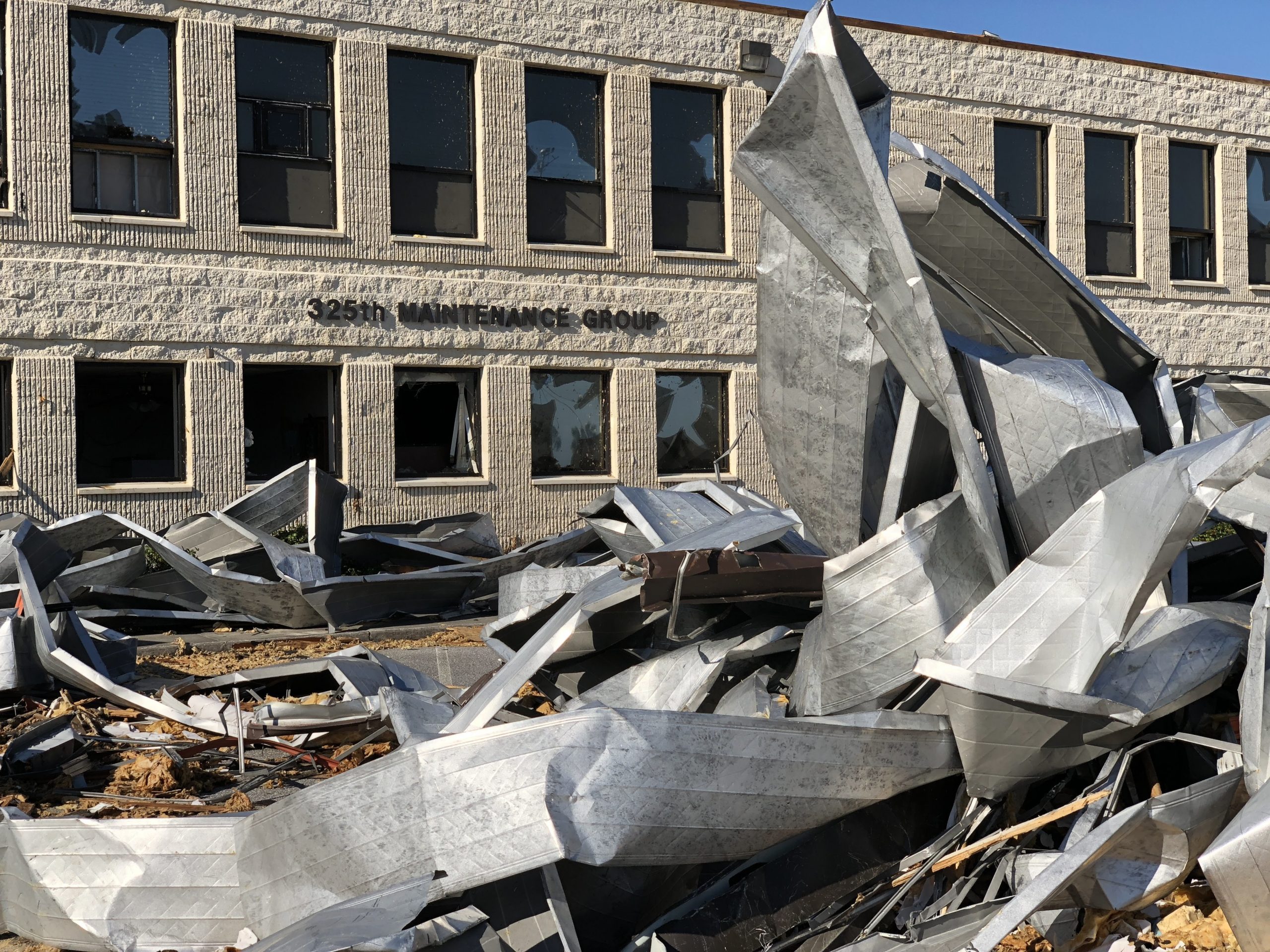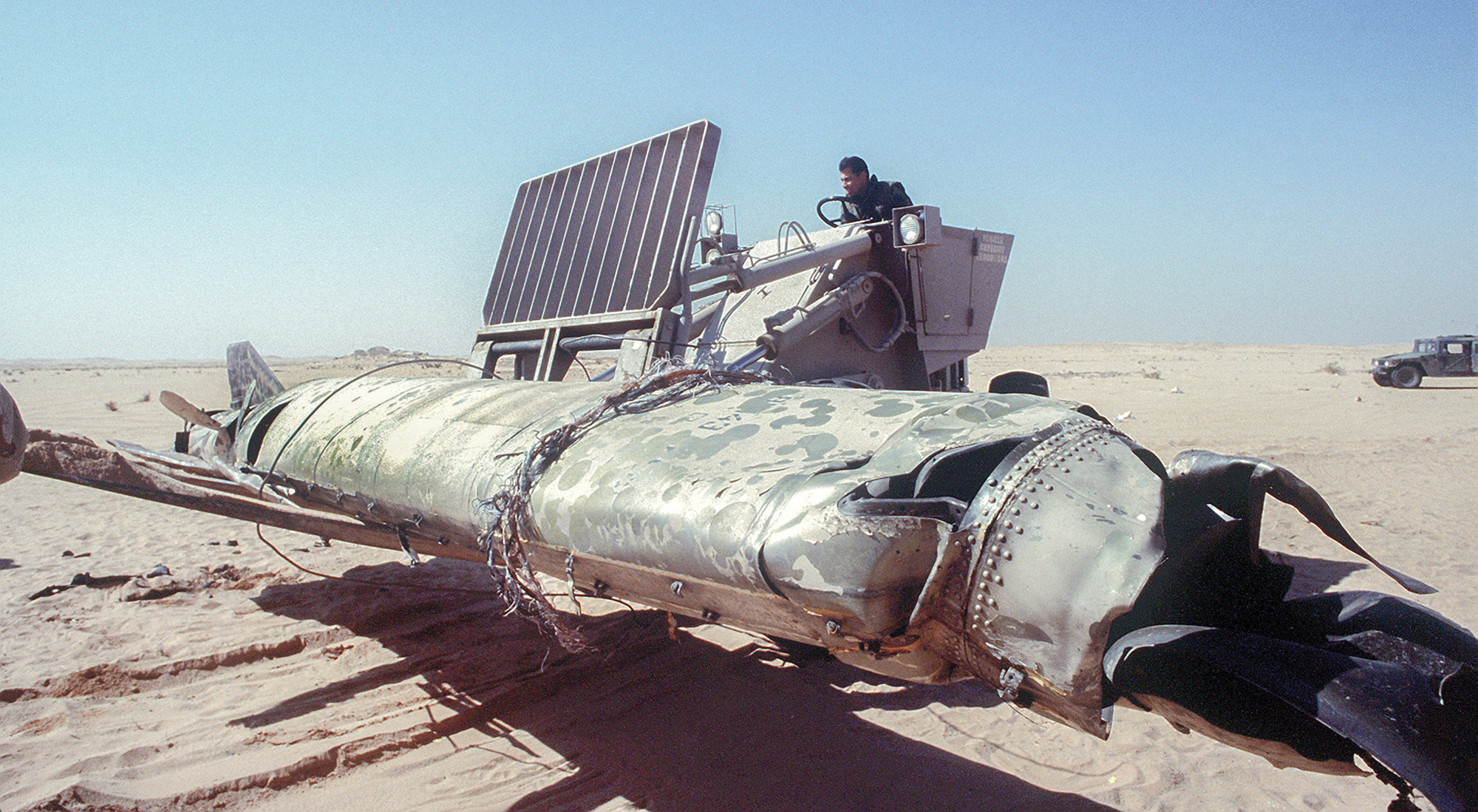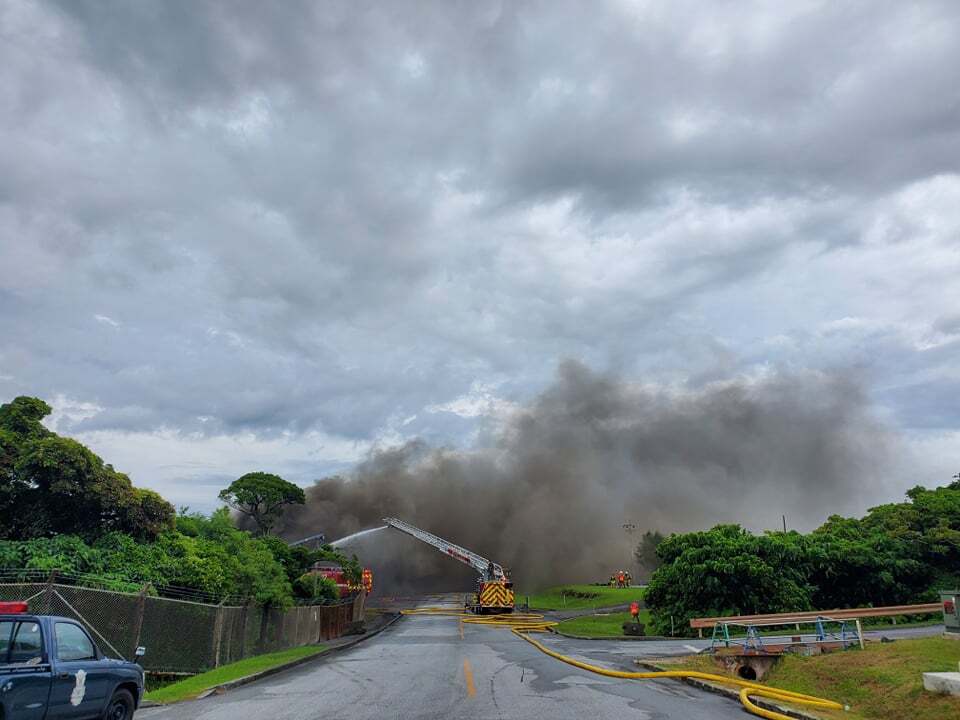In commemoration of the 30th Anniversary of Operation Desert Storm, Air Force Magazine is posting daily recollections from the six-week war, which expelled Iraq from occupied Kuwait.
Jan. 29:
- The U.S. and the Soviet Union announce that a cease-fire is possible if Iraq makes an “unequivocal commitment” to withdraw all troops from Kuwait and takes “concrete steps” in that direction.
- In the State of Union address, President George H.W. Bush repeats that the U.S. goal is to “drive Iraq out of Kuwait, to restore Kuwait’s legitimate government, and to ensure the stability and security of this critical region.”
- A Joint STARS aircraft detects 50 Iraqi tanks moving toward Saudi Arabia.
- Using deception, 1,500 Iraqi troops in three battalions attack Khafji in Saudi Arabia, and then come under coalition air attack. For the first time, coalition ground forces counterattack. Elements of the 1st Marine Division engage with anti-tank and automatic weapons.
Jan. 30
- Marines lose three armored vehicles in the battle for Khafji, while Iraqis lose 24 tanks and 13 armored vehicles.
- USAF fighter-bombers destroy oil pumping pipes and manifolds to stop one of biggest-ever oil spills.
- Commanders report that the U.S. has lost 12 aircraft, that the U.K. has lost five, and that Italy and Kuwait have lost one each.
Jan. 31
- An AC-130H gunship, supporting Marines around Khafji, is shot down by Iraqi infrared surface-to-air missile, and 14 crew members are killed.
- Two US soldiers are captured by Iraqi soldiers at Iraqi-Saudi border.
- Saudi troops, assisted by Qatari forces, U.S. Marines, and heavy air support, recapture Khafji.
- Coalition aircraft attack and rout two Iraqi divisions assembling north of Khafji for attack.
Check out our complete chronology of the Gulf War, starting with Iraq’s July 1990 invasion of Kuwait and running through Iraq’s April 1991 acceptance of peace terms.










